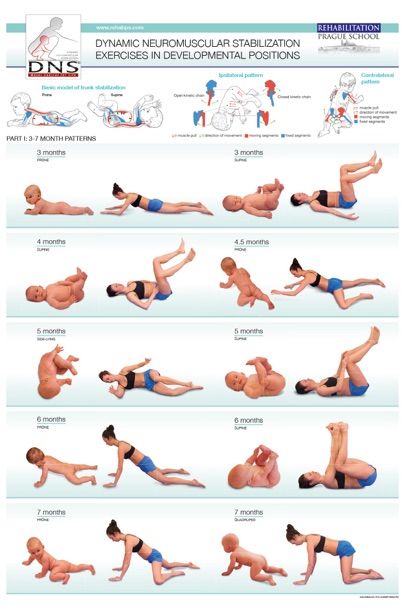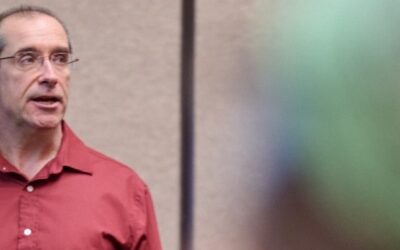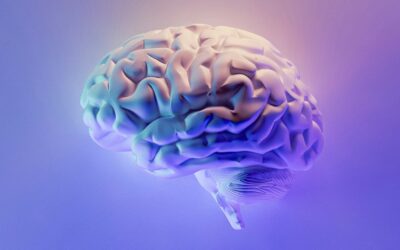Doctors of chiropractic are capable of treating an enormous range of conditions and diseases. We are trained utilizing a multifaceted, broad curriculum that allows us to practice as broadly or narrowly as we choose. However, there is an area of healthcare in which we are practically specialists; this area is the world of musculoskeletal maladies. Nobody surpasses DCs in knowledge and ability when the musculoskeletal system is concerned.
Well, what about physical therapists? While it’s true that PTs have created the illusion of rehabilitation wizards; their training, compared to ours, is cursory at best. Sure, PTs are great at focusing on a particular joint and the muscles that cross it, and prescribing exercises that work those muscles. There is no doubt that this approach works for some patients and is crucial for rehabilitation after surgery or trauma. However, as a whole, they are notoriously clumsy at addressing full-body biomechanics as they relate to each other. How can any movement truly be improved without first addressing the core and pathological movement patterns in other parts of the body? This is one area in which DCs soar above PTs.

(Image source: Prague School of Rehabilitation)
We have multiple rehabilitation courses in our curriculum at NUHS. The one I’m in right now, Functional Rehabilitation I, taught by Dr. William Tortoriello, has its main focus in Dynamic Neuromuscular Stabilization (DNS) — a treatment protocol created from decades of research in our developmental, or primitive, movement patterns.
Infants go through very predictable and distinct positions during their development to ensure the proper activation of muscles to properly support their transition to bipedal movement. These can be considered pure, unadulterated movements that utilize our innate biomechanics to their maximum potential. Through bad habits in life and sedentary jobs, many of these primitive movement patterns become tarnished and, in some cases, practically obliterated completely. Dysfunction is a result of improper movement and with dysfunction comes pain and joint degeneration. DNS is a program to retrain these neuromuscular patterns and resurrect primitive, “pure” motor patterns by utilizing targeted therapy in these developmental positions. It is extremely effective and a great part of the curriculum here at NUHS.
Of course, it’s almost unfair to compare ourselves to PTs as we have primary care status, which allows us to treat patients in the manner that we deem to be best without a referral. We are portal of entry healthcare physicians, which enables us to treat most issues that walk in our door, and NUHS is preparing us to treat such issues with extreme precision.




0 Comments